Sept. 7 to Sept. 13
It might seem like common sense today to examine Taiwan’s history holistically from its complex and diverse past, but the concept was quite ground-breaking when the late historian Tsao Yung-ho (曹永和) brought it up in 1990.
Up until the end of Martial Law in 1987, Taiwan’s history had been framed from the viewpoints of its rulers. The Japanese sought to cut Taiwan off from its ties with the Qing Dynasty by connecting its past to Japanese history, while the Chinese Nationalist Party (KMT) treated it as merely a small part of a greater Chinese history.
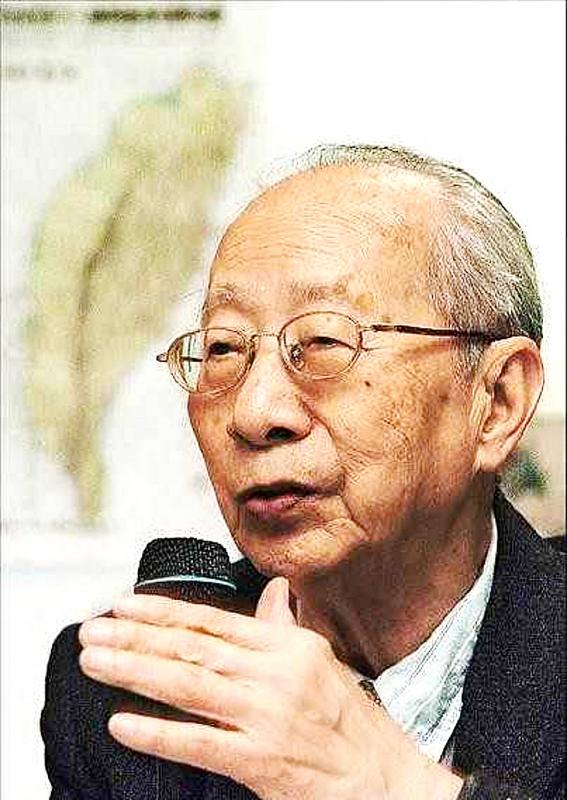
Photo courtesy of Wikimedia Commons
As a result, most Taiwanese had scant or skewed knowledge of many events that took place and shaped their homeland, and this phenomena still persists to a certain degree today.
In a short, two-page article titled “An alternate path to studying Taiwanese history: the concept of ‘Taiwan Island History’” (臺灣史研究的另一個途徑──”臺灣島史” 概念) in Newsletter of Taiwan Field History Research (臺灣史田野研究通訊), Tsao writes that the interpretation of Taiwan’s history has focused too much on the perspective of the rulers and ignored the standpoint of the people. He adds that the global trend is to put human rights first; studying and interpreting history from the people’s perspective should be the emphasis of this era’s research.
“I believe that the concept of ‘Taiwan Island History’ can help the [field] break free of its highly politicalized condition. Using the island of Taiwan as a basic spatial unit, and the people who lived on it as the main research subjects, we take a panoramic view of Taiwan’s various relationships with the outside world through its maritime nature, as well as Taiwan’s place in the world under different global trends and international circumstances. Only then we may be able to get a glimpse of Taiwan’s true history.”
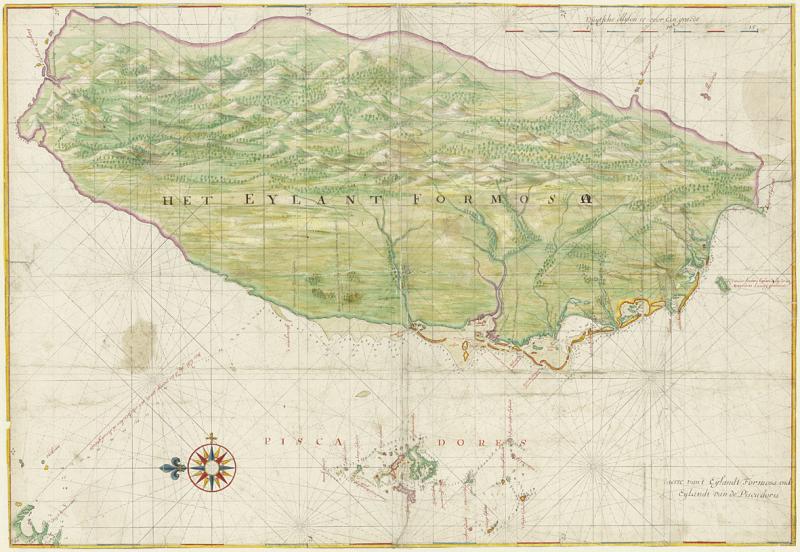
Photo courtesy of Wikimedia Commons
To Tsao, the key was to look at Taiwan as a distinct historical stage where people of different ethnicities, languages and cultures were active throughout the eras. From isolated island to international trading base, from agricultural society and industrial giant, each period exhibited distinct social characteristics, equally crucial to fully understanding the nation’s past.
Tsao died on Sept 12, 2014. He worked as a librarian, but he is better known for his history research and appointments as part-time Academia Sinica researcher and National Taiwan University professor. His many accolades include being the first Taiwanese awarded the Order of Orange-Nassau by the Netherlands for his contributions to the study of Dutch East India Company activity in East Asia.
Not bad for a high school graduate who focused on a subject unpopular with the authorities.
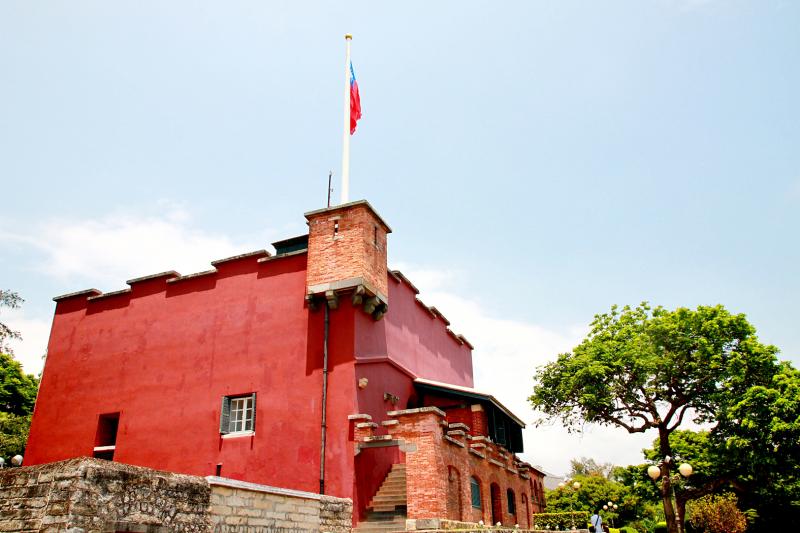
Photo courtesy of Wikimedia Commons
BURIED IN BOOKS
Tsao was born in today’s Shilin District (士林) in Taipei City to a scholarly family in 1920. His direct ancestors up to his great-great-great grandfather were all teachers.
After moving to downtown Taipei at the age of nine, Tsao’s father often brought him to the children’s reading room at the Governor-General’s Office Library, inspiring his lifelong love for reading. He wasn’t a bad student, but his poor health caused him to fall behind and fail his college entrance exams.
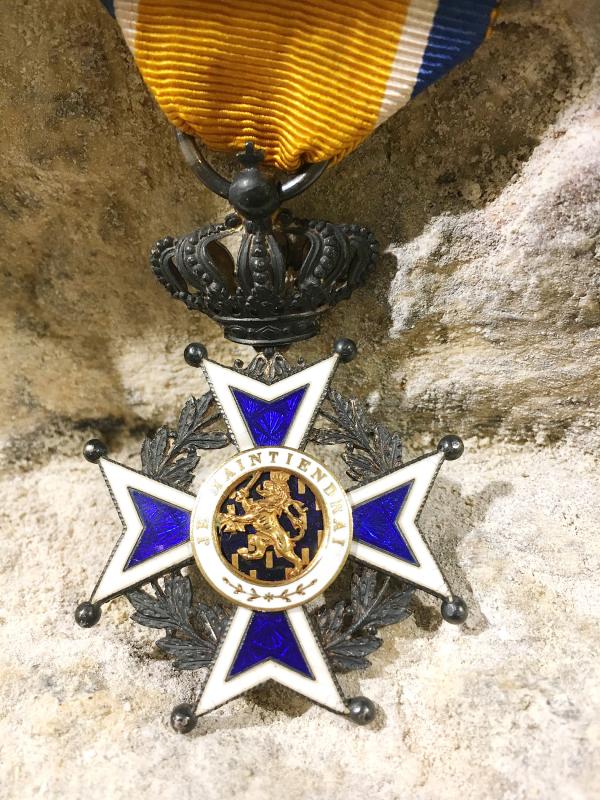
Photo courtesy of Wikimedia Commons
The family soon moved back to Shilin, and a dejected Tsao would walk over an hour each day to the library — the only public one in Taiwan at that time — burying himself in literature, history, philosophy and religion.
At the age of 19, Tsao started working at the Shilin Credit Cooperative and, with his friends, he launched a reading group and organized cultural exhibitions and academic talks. He wrote his first history pieces during this time for an edition of the Minzoku Taiwan publication that focused on the Shihlin area.
Tsao gained access to a “treasure trove” when he took a job at the National Taiwan University Library in 1947, spending hours poring through the tomes.
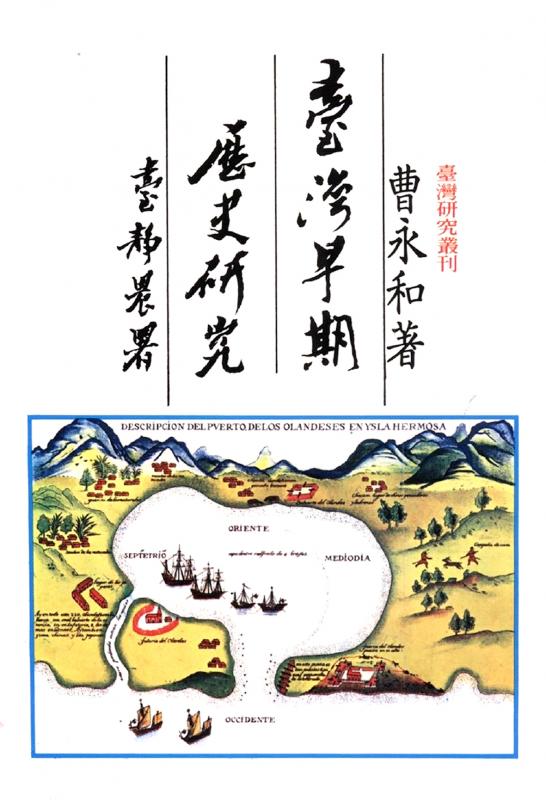
Photo courtesy of Tsao Yung-ho Foundation of Culture of Education
“I decided to work there because I wanted to read more, and also I wanted to do something that was academia-related, even if I couldn’t become an academic,” he recalled.
He remained at the library until his retirement in 1985, at one point serving as interim director. He achieved his academic dreams at the age of 64, when he was hired by Academia Sinica as a part-time researcher in 1984. NTU also hired him as a part-time history professor that year.
Before Tsao delved into Dutch, he already knew some German and English, which proved beneficial since all three belong to the West Germanic language family.
To decipher material from the Dutch era written in Old Dutch, Tsao employed a painstaking system where he first learned modern Dutch by comparing texts to Japanese and English translations, then using a modern Dutch-Old Dutch glossary to transcribe and translate the documents word for word. If he couldn’t find the word, he tried to look up its etymology in the Oxford English Dictionary due to the common origin of the two languages. Old Dutch also contained loanwords from other tongues, which provided more clues.
Under the KMT, he had to take the extra step of translating everything into Chinese.
honorary doctorate
The turning point in Tsao’s career was when he met Tokyo University historian Seiichi Iwao. Iwao taught in Taiwan for many years during the Japanese period and was interested in nurturing Taiwanese history research talent, especially regarding interactions between East and West.
In 1965, Tsao headed to Japan for a stint at the Toyo Bunko (one of the world’s largest Asian studies library) under Iwao’s recommendation. Iwao personally tutored Tsao weekly, and the two practiced Dutch and pored through rare historical material.
One of Tsao’s more significant discoveries came in 2005, when he determined that what was long-thought to be the Spanish-built Fort San Domingo in Tamsui was actually the Dutch-built Fort San Antonio. According to Tsao, the Dutch destroyed the original Spanish fort in 1647 and built the current structure in its place.
After retiring in 1985, Tsao became even more active in the field, issuing his influential manifesto in 1990.
“My past research was more focused on the Han Chinese settlement and development of Taiwan,” he says. “But after the end of martial law, nativist ideals became the trend, and I was compelled to reflect on my research approach. That’s why I shifted from studying a specific ethnic group to examining all the people who ever spent time on this land.”
“No matter how the times change, to all the people who have lived in Taiwan, their relationship with Taiwan will never change,” he adds.
In 1998, Tsao became the oldest person to become an Academia Sinica Academician, another impressive feat as one of a handful who did not have college degrees. This finally changed in 2009, when NTU awarded an 89-year-old Tsao with an honorary doctorate.
Taiwan in Time, a column about Taiwan’s history that is published every Sunday, spotlights important or interesting events around the nation that either have anniversaries this week or are tied to current events.

In the March 9 edition of the Taipei Times a piece by Ninon Godefroy ran with the headine “The quiet, gentle rhythm of Taiwan.” It started with the line “Taiwan is a small, humble place. There is no Eiffel Tower, no pyramids — no singular attraction that draws the world’s attention.” I laughed out loud at that. This was out of no disrespect for the author or the piece, which made some interesting analogies and good points about how both Din Tai Fung’s and Taiwan Semiconductor Manufacturing Co’s (TSMC, 台積電) meticulous attention to detail and quality are not quite up to

April 21 to April 27 Hsieh Er’s (謝娥) political fortunes were rising fast after she got out of jail and joined the Chinese Nationalist Party (KMT) in December 1945. Not only did she hold key positions in various committees, she was elected the only woman on the Taipei City Council and headed to Nanjing in 1946 as the sole Taiwanese female representative to the National Constituent Assembly. With the support of first lady Soong May-ling (宋美齡), she started the Taipei Women’s Association and Taiwan Provincial Women’s Association, where she

It is one of the more remarkable facts of Taiwan history that it was never occupied or claimed by any of the numerous kingdoms of southern China — Han or otherwise — that lay just across the water from it. None of their brilliant ministers ever discovered that Taiwan was a “core interest” of the state whose annexation was “inevitable.” As Paul Kua notes in an excellent monograph laying out how the Portuguese gave Taiwan the name “Formosa,” the first Europeans to express an interest in occupying Taiwan were the Spanish. Tonio Andrade in his seminal work, How Taiwan Became Chinese,

Mongolian influencer Anudari Daarya looks effortlessly glamorous and carefree in her social media posts — but the classically trained pianist’s road to acceptance as a transgender artist has been anything but easy. She is one of a growing number of Mongolian LGBTQ youth challenging stereotypes and fighting for acceptance through media representation in the socially conservative country. LGBTQ Mongolians often hide their identities from their employers and colleagues for fear of discrimination, with a survey by the non-profit LGBT Centre Mongolia showing that only 20 percent of people felt comfortable coming out at work. Daarya, 25, said she has faced discrimination since she